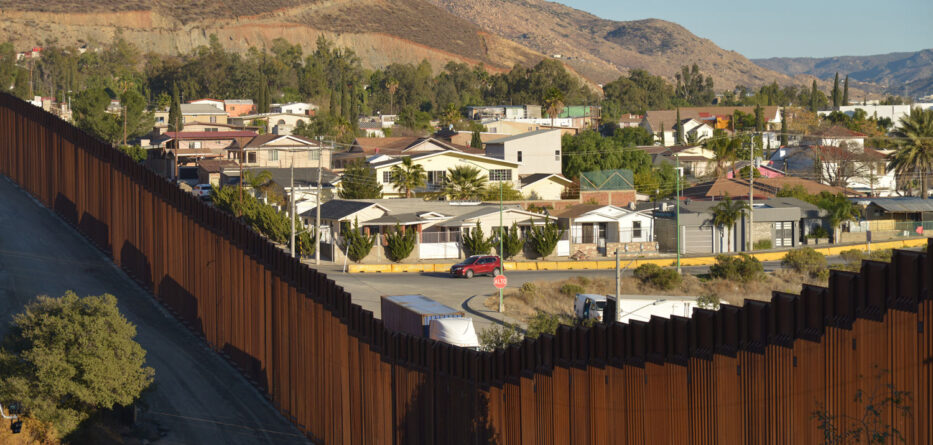Surprisingly, the Supreme Court of Justice endorsed the decision of the administration of President Joe Biden to put an end to one of the most controversial relics of the Trump era, the “Stay in Mexico” policy, or as it is known bureaucratically, the Migrant Protection Protocols (MPP).
According to those affected and immigration lawyers, the MPP conferred much injustice and little protection. More than 70,000 people were forced to wait for their asylum processes in Mexican territory during the pandemic, in overcrowded conditions and without a clear horizon of solution. The result was obvious, and it was probably always the policy’s intent: Thousands gave up and returned to their home countries.
In October of last year, the secretary of national security (DHS) Alejandro Mayorkas, made a correct diagnosis of the problem in an official memorandum: “Significant evidence indicates that the people who waited for their judicial hearings in Mexico under the MPP were subjected to extreme violence and insecurity at the hands of transnational criminal organizations that profited from exploiting the vulnerabilities of migrants… The United States has limited capacity to ensure the safety of those who return to Mexico.”
Other significant problems with MPPs identified by DHS include difficulties accessing an attorney and traveling to courts separated by an international border.
But what next? The program will surely be eliminated in the coming weeks once the Supreme Court ruling reaches the lower courts, but some believe that its disappearance will not make much difference, not only because the litigation in the courts will continue but because another wall remains in force for migrants: the no less controversial Title 42 expulsion.
“For asylum seekers, Title 42 remains the main obstacle to seeking protection in the United States, so the decision will have a much more moderate effect. For those waiting at the border for a chance to seek protection, some will benefit, but most will not be affected,” writes Aaron Reichlin-Melnick of the American Immigration Council.
Activists indeed hope that Title 42 will be the next on the list of programs to disappear, but for lawyer Rafael Borrás, the Biden administration could do something more: “I work daily with these cases and I have seen that the government of the United States, when it wants, can effectively process the cases of people at the border. I have worked many cases of Ukrainians, and from other European countries, who arrive at the same bridge, on the same border and are processed with dignity and respect.”
It is not the first time that the United States government has been accused of applying a double standard in the treatment of European migrants, compared to those from other regions of the world. This is a great opportunity for the Biden administration to show that its government is different and that it knows how to keep its promises of humane and dignified treatment for ALL.






